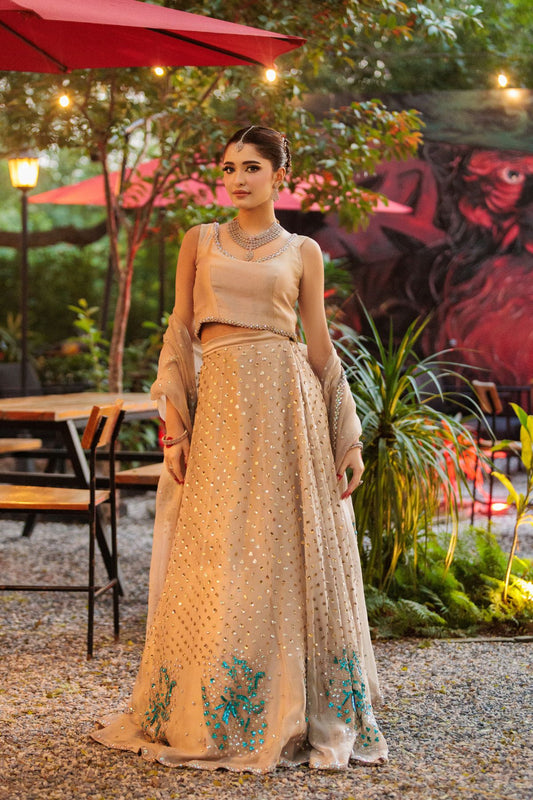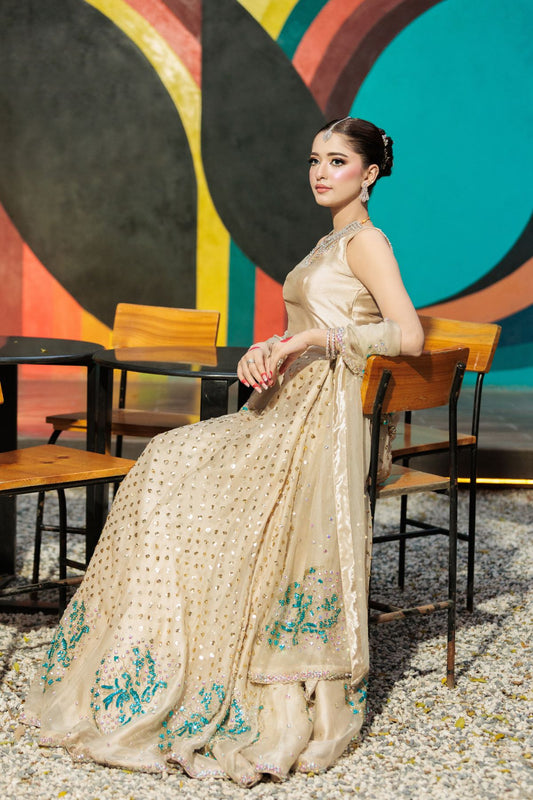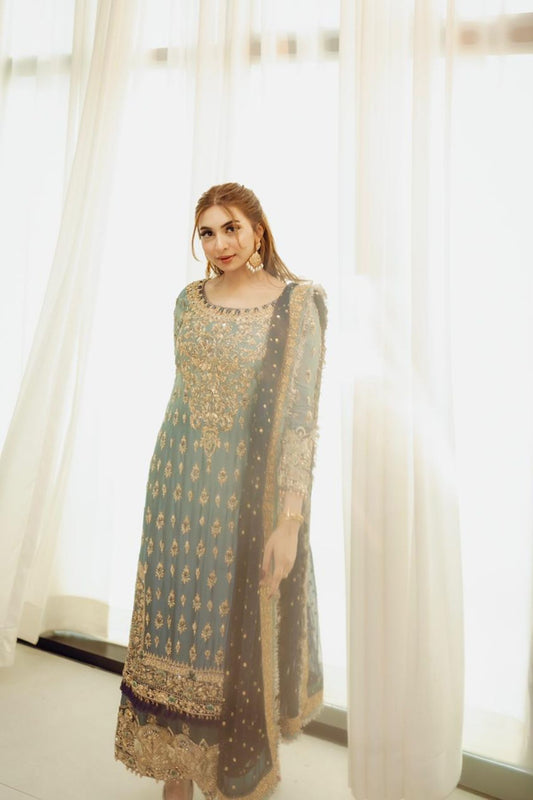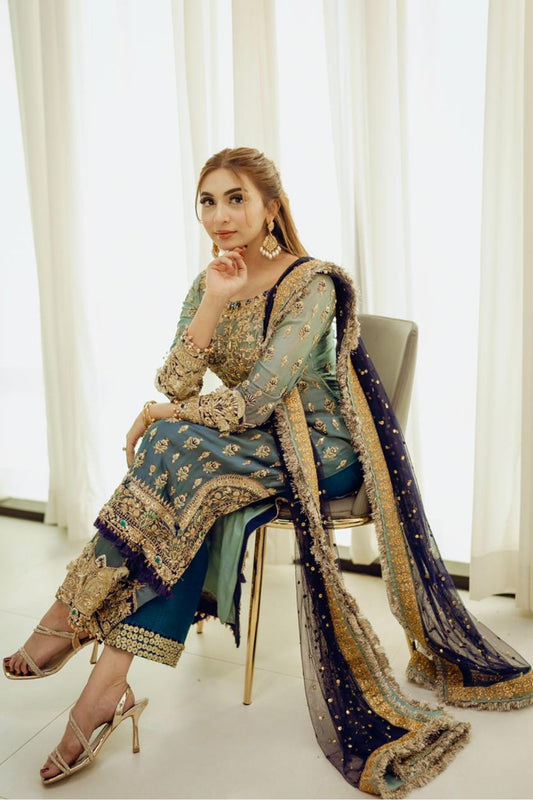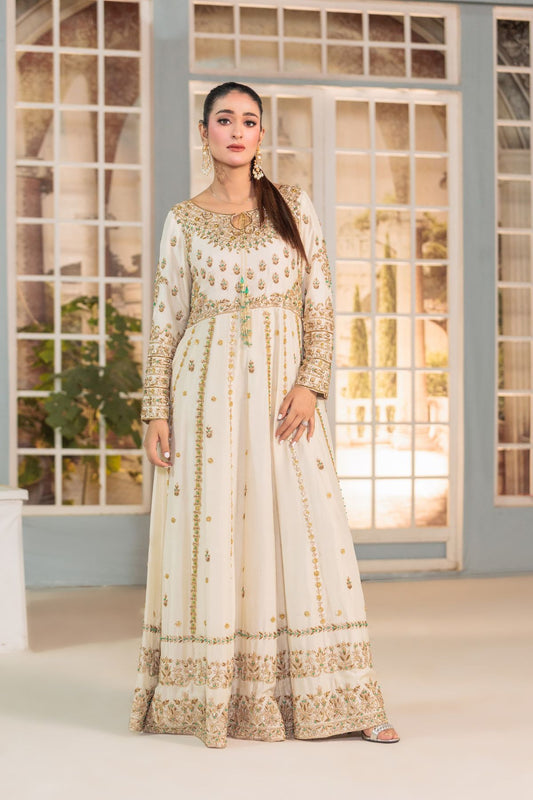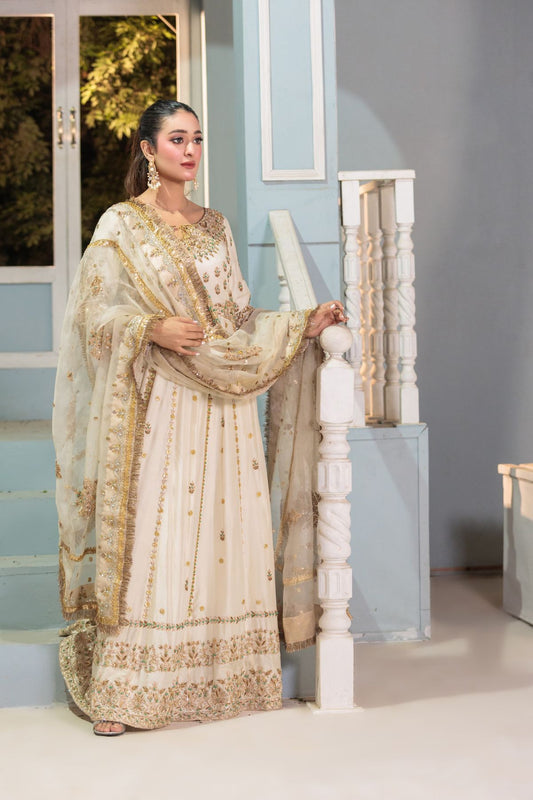Sarees, Lehengas, or Salwar Kameez: Choosing the Perfect Traditional Ensemble for a Wedding
Introduction
In the midst of the vivid colors, rich fabrics, and exquisite designs, choosing the perfect traditional ensemble for a wedding can be a delightful yet daunting task. Whether it's the timeless grace of a saree, the regal elegance of a lehenga, or the comfortable allure of a salwar kameez, each ensemble holds its own charm and allure. When it comes to selecting the ideal traditional outfit, it's essential to consider various factors such as personal style, body type, and the theme of the wedding. Are you looking for a classic and elegant look or a bold and contemporary statement? Do you prefer a flowing silhouette or a fitted design that accentuates your curves? Answers to these questions will guide you in making the best choice.
In this article, we will delve into the intricacies of sarees, lehengas, and salwar kameez, exploring their unique attributes and suitability for different occasions. From the lush drapes of sarees to the twirl-worthy flares of lehengas and the versatile versatility of salwar kameez, we will help you navigate through the world of traditional ensembles and find the one that truly reflects your style and beauty. Get ready to embark on a journey of sartorial splendor, as we unravel the secrets to choosing the perfect traditional ensemble for your next wedding celebration.
Understanding the different types of traditional ensembles - sarees, lehengas, and salwar kameez
When it comes to traditional attires for weddings, sarees, lehengas, and salwar kameez are the top choices. Sarees are long pieces of fabric that are draped around the body, creating an elegant and graceful look. They come in various fabrics such as silk, chiffon, and georgette, each offering a unique drape and texture. Lehengas, on the other hand, consist of a skirt, a blouse, and a dupatta. They are known for their voluminous flares and are often adorned with intricate embroidery and embellishments. Salwar kameez is a three-piece ensemble comprising of a long tunic (kameez), pants (salwar), and a scarf (dupatta). It offers comfort and versatility while still exuding traditional charm.
Factors to consider when choosing the perfect traditional ensemble
When selecting a traditional ensemble for a wedding, several factors come into play. Firstly, consider your personal style and the statement you want to make. If you prefer a classic and timeless look, a saree can be an excellent choice. On the other hand, if you want to make a bold and contemporary statement, a lehenga with modern cuts and designs might be more suitable. Secondly, consider your body type and choose an outfit that flatters your figure. Sarees and lehengas can accentuate curves, while salwar kameez offers a more forgiving silhouette. Lastly, consider the theme of the wedding. If it's a traditional affair, opt for a classic ensemble. If it's a modern and trendy wedding, you can experiment with contemporary designs.
The significance of color in traditional attire
Color plays a crucial role in traditional attire. Different colors hold various meanings and symbolize different emotions and sentiments. Red, for example, is considered auspicious and is often worn by brides. Blue symbolizes tranquility, while yellow represents joy and happiness. When choosing a color for your traditional ensemble, consider your skin tone, the time of the wedding, and the overall theme. It's also essential to keep in mind the color preferences of the bride and groom, especially if you're a close family member or part of the bridal party.
Tips for selecting the right fabric for your traditional ensemble
The fabric of your traditional ensemble can significantly impact its overall look and feel. Silk is a popular choice for sarees and lehengas, as it adds a luxurious touch and drapes beautifully. Chiffon and georgette are lightweight options that work well for sarees, providing an ethereal and flowy look. For salwar kameez, cotton and silk blends offer comfort and breathability. When selecting a fabric, consider the weather conditions and the level of comfort you desire. Additionally, pay attention to the care instructions for each fabric to ensure that your ensemble remains in pristine condition.
Embellishments and embroidery styles in traditional attire
Embellishments and embroidery play a crucial role in enhancing the beauty of traditional attire. From intricate zari work to delicate thread embroidery and sparkling sequins, these embellishments add depth and texture to the ensemble. When choosing a traditional outfit, consider the type of embellishments and embroidery that appeal to you. If you prefer a more understated and elegant look, opt for minimal embellishments with fine embroidery. For a more glamorous and opulent look, choose outfits with heavy embellishments and intricate embroidery.
How to match your traditional ensemble with the wedding theme?
Matching your traditional ensemble with the wedding theme can create a cohesive and visually appealing look. If the wedding has a specific color scheme, try to incorporate those colors into your outfit. Consider the overall theme, whether it's a traditional, modern, or fusion wedding, and choose an ensemble that complements the vibe. For example, if it's a traditional wedding, opt for classic sarees or lehengas in rich colors and traditional designs. If it's a modern or fusion wedding, experiment with contemporary cuts and designs, while still incorporating traditional elements.
Traditional accessories to complement your outfit
No traditional ensemble is complete without the right accessories. Accessories such as jewelry, footwear, and handbags can elevate your overall look and add a touch of glamour. When choosing accessories, consider the color, style, and embellishments of your outfit. For example, if you're wearing a heavily embellished lehenga, opt for minimal jewelry to avoid overwhelming the ensemble. If you're wearing a simple saree, you can go all out with statement jewelry. Additionally, choose footwear that complements the length and style of your outfit, and consider a handbag that matches the color and overall aesthetic.
Where to buy traditional wedding attire
When it comes to buying traditional wedding attire, there are several options available. Local boutiques and stores often offer a wide range of traditional ensembles, allowing you to try them on and get a feel for the fabric and fit. Online shopping platforms also provide a convenient way to browse through various designs and styles from the comfort of your home. Additionally, consider visiting exhibitions and trunk shows, where you can find unique and handcrafted pieces directly from designers. Whatever option you choose, ensure that you buy from a reputable seller and check for authenticity and quality.
Conclusion
Choosing the perfect traditional ensemble for a wedding is a journey that celebrates the beauty of local traditions. Whether it's the timeless elegance of a saree, the regal allure of a lehenga, or the comfortable versatility of a salwar kameez, each ensemble has its own charm and appeal. By considering factors such as personal style, body type, wedding theme, and color preferences, you can find an outfit that truly reflects your style and beauty. Pair it with the right accessories and embrace the sartorial splendor of local traditions. Let your outfit be a testament to the rich heritage and vibrant culture that make weddings truly special.
Happy shopping and may you find the perfect traditional ensemble for your next wedding celebration!
